 |
Hempstead |
|
Village History |
||||||||||||
|
The above pages contain information, maps and many photos of the village, both old and new. |
The Domesday book recorded Hempstead as being an outlier of the larger manor of Holt and Kelly's Directory of 1892 (amongst others) lists the village as Hempstead-by-Holt. The directories, by means of inserting one incorrect comma, (the two latter are lords of the manors of Hempstead, Nether-Hall, and Lose-Hall.) list three manors within the parish when there were in fact only two - Hempstead_Losehall and Hempstead Netherhall. In the fifteenth century the Stapleton family held the manor of Hempstead. It passed by marriage to the Calthorpe family, who remained there until the 1570s. |
The population of Hempstead was - 1801 - 227 1811 - 237 1821 - 289 1831 - 286 2011 - 177 |
To the citizens of Hempstead, |
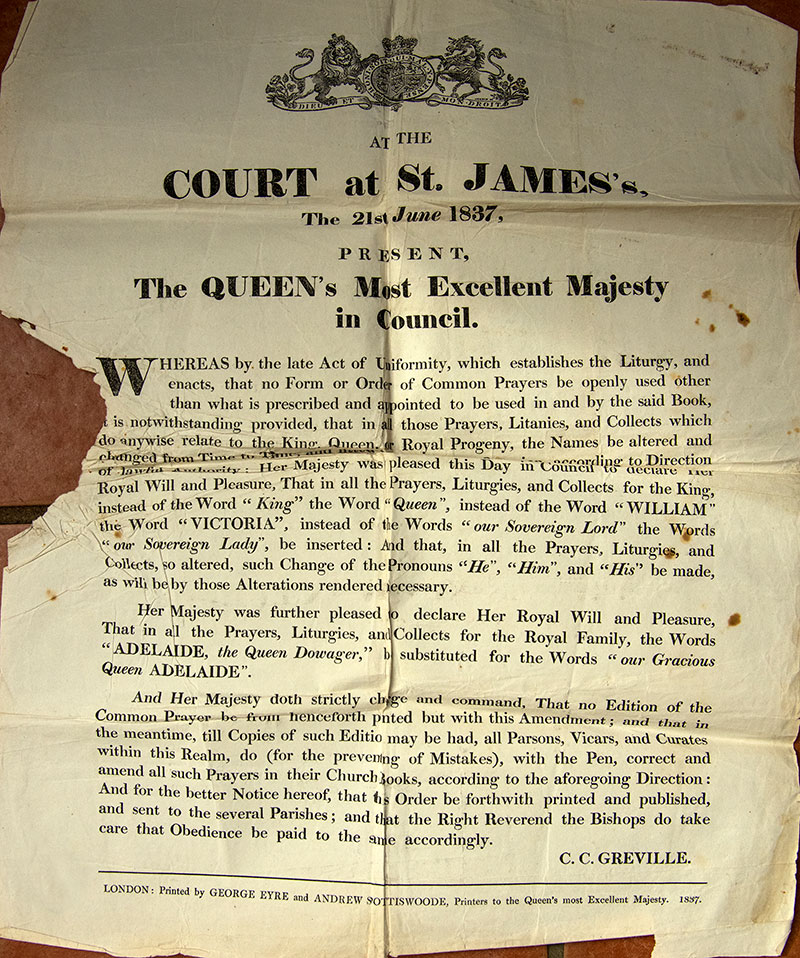 21st June 1837 |
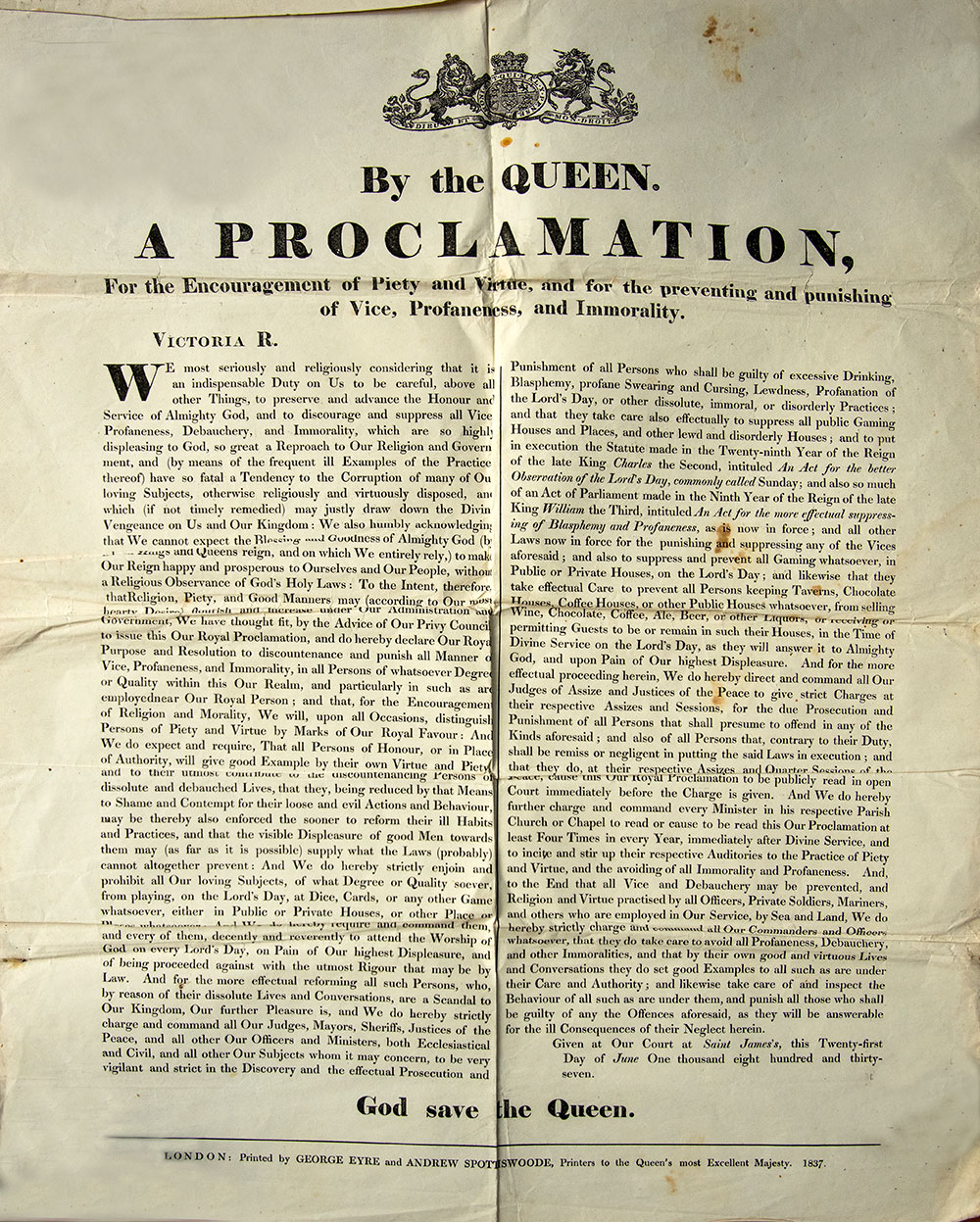 21st June 1837 |
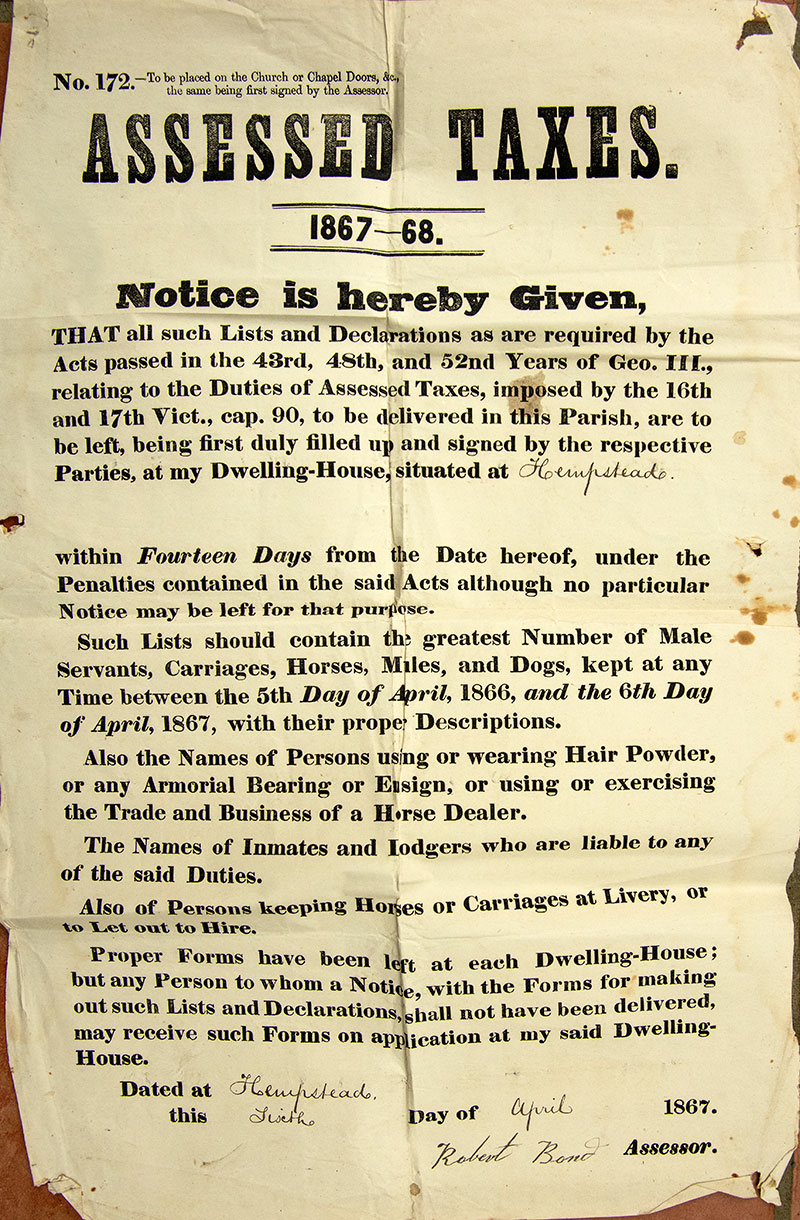 6th April 1867 6th April 1867 |
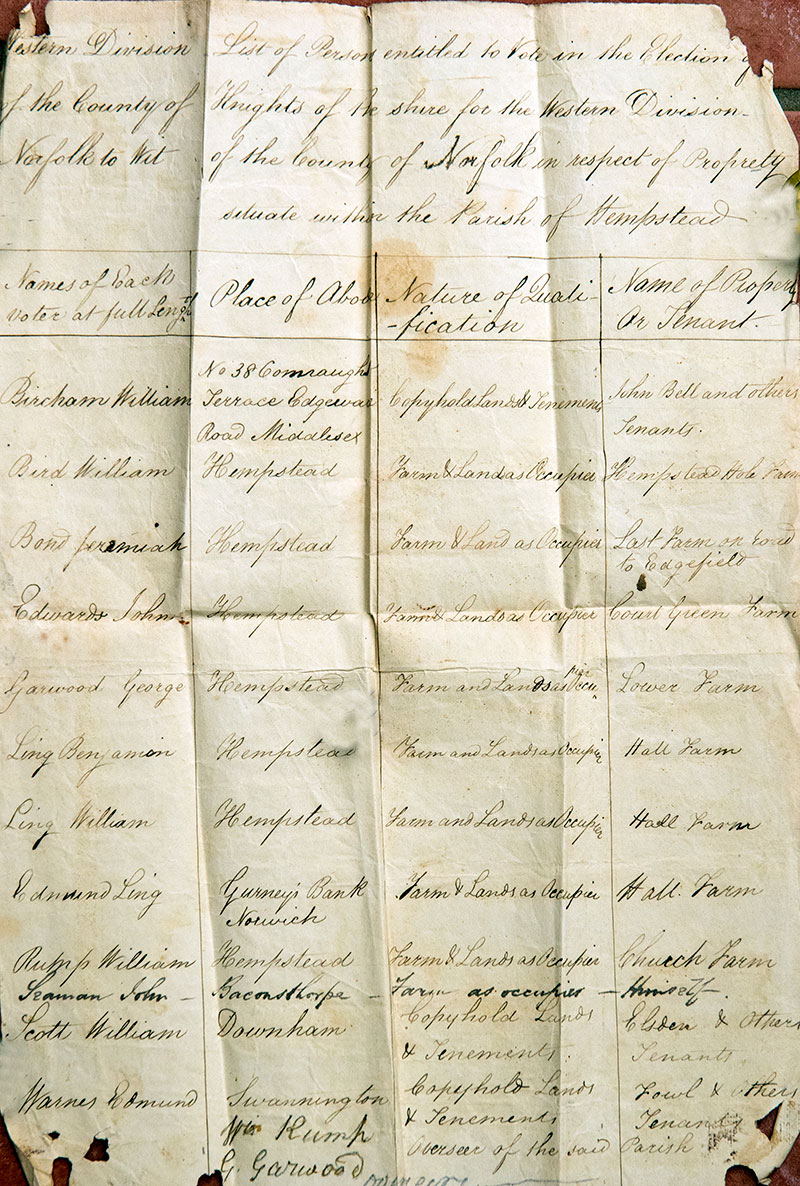 Register of Parliamentory Electors - c.1861 Register of Parliamentory Electors - c.1861 |
HEMPSTEDE In the 24th of Henry III. (1240) Richer, son of Hugh de Causton, and Julian his wife, Stephen de Causton, and Beatrice his wife, grant to Simon, prior of Norwich, the advowson of this church and that of Plumstede William de Ormesby and Agnes his wife, grant, in the 22d of Edward I (1294). to Henry, prior of Norwich, the advowson of this church for 20l.; and in the said year, settled by fine, on John their son, and Catharinehis wife, this lordship, with that of Gestwyke, remainder to Robert and William their sons; but some disputes arising about the right of this advowson, it was conveyed to the prior by another fine, in the 31st of that King, (1303) by the aforesaid William and Agnes, after a solemn inquisition, when it was found that the prior and his predecessors were possessed of it before the statute of mortmain. In the said year Sir Robert de Hengham bought of William de Ormesby, and Agnes his wife, a_mill, with the pool in Hemstede, with several villains, rents and services, William and Agnes, and the heirs of Agnes, to have the liberty of first grinding therein, but not to erect any mill here. William de Ormesby, by his deed, dated at Ouby, on Thursday after the feast of St. Paul, confirmed to Sir Robert the grant of the watermill, called Wademill, with the pool in Henstede and Holt, with all the fishing, in as ample a manner as Agnes his mother and her ancestors ever had, paying 40s. per ann. and Sir John de Ormesby was lord in the 20th (1347) and 24th of Edward III (1351). and is said to hold it of the Earl of Albemarle. In the 3rd of Henry IV (1402). the Lady Alice Caley, relict of Sir William Caley, of Oby, had this lordship; and by Agnes, one of their daughters and coheirs, it came to Sir Jh. de Harsike of Southacre, by marriage. Sir Rog. Harsike his son enjoyed it; and by the marriage of Joan, one of his daughters and coheirs, it was brought to Richard Dorward, Esq. who possessed it in the 33d of Hen. VI (1455).; from the Dorwards it came by marriage to John Wingfeld of Dunham Magna, and Thomas Wingfeld and Elizabeth his wife conveyed it by fine, in the 28th of Henry VIII (1537). to Thomas Jermyn. Mr. Newman, Gent. was lord, and his son, William Newman, Esq. of Baconsthorp, was lord in 1720. |
HEMPSTEAD, 2 miles S. E. of Holt, is a village and parish, in a hilly district, above the vale of the Glaven containing 286 inhabitants, and about 1500 acres, of which 100 are woods and plantations, mostly belonging to Lady Suffield, of Blickling, and H. and R. H. Gurney, Esqrs.; the two latter are lords of the manors of Hempstead, Nether-Hall, and Lose-Hall. The CHURCH has a brick tower, built in 1744, and is a vicarage, valued in K. B. at £9. 6s. 8d., and augmented with £200 of Queen Anne's bounty, in 1792, laid out in land at Bodham, let for £28 per annum. Here is 15½A. of old glebe. The Rev. J. W. Methwold is incumbent, and the Dean and Chapter of Norwich are patrons and appropriators; but Lady Suffield is lessee of the tithes. In the vale of the Glaven is a large wild fowl decoy, belonging to Mr. Gurney. White's 1836 |
Year |
Population |
2011 |
177 |
2001 |
179 |
1931 |
216 |
1921 |
254 |
1911 |
259 |
1901 |
225 |
1891 |
225 |
1881 |
264 |
1871 |
249 |
1864 |
280 |
1863 |
206 |
1854 |
338 |
1845 |
296 |
1836 |
286 |
1831 |
286 |
|
||||||||||||||||||||||||||||||||
| Court Green belonged to Red House Farm in the 1700s. |
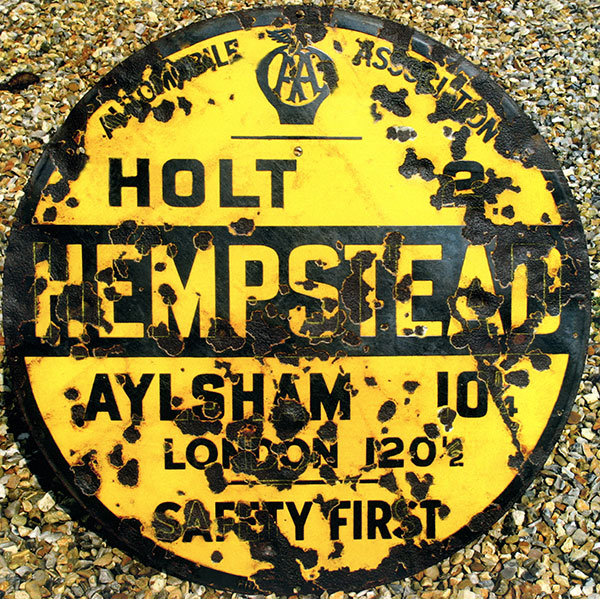
The habit of putting up name plates for towns and villages dates from the early days of the motor car, starting in 1907. There were several early designs, but the most common is the well-known round type with ''Automobile Association'' at the top, and the name in a black stripe across the middle. Over 30,000 of these were erected, mostly in England, between 1923 and 1939. The circular steel plate, was 30'' in diameter, enamelled with black lettering on a yellow background. The name ''Franco Signs, London W1'' usually appears at the bottom on the black border. Distances to nearby towns and to London are given, calculated to the nearest quaker of a mile (!); the reference point in London is said to be a marker set in the pavement on the edge of Trafalgar Square. |
Good Old Hempstead |
I have been thinking recently about the village and the changes which have taken place since I was a child in the 1930s, and decided to put pen to paper in case anyone was interested. Visually, Chapel_Lane has changed the most. 'The Knoll was a field on which there was a cricket pitch. Further up on the same side was a small wooden dwelling and then the two flint cottages. The Chapel was operative and the council houses were also built. Opposite Wayside in the Street (then the pub) were allotments for the White Horse Cottage tenants. Of course, the barns at Brownwood, Pine_Farm and Church_Farm look very different since they have been developed. Life in the village revolved almost entirely around agriculture. Almost all of the men worked on the farms and the various seasonal activities were exciting for the local children. Harvest time was the best. All the children would gather in the fields with sticks, plus a e few adults with guns - the idea being to despatch the rabbits as they ran out of the corn. Rabbits were a very important addition to the diet, and it was equally important for the farmers to have them culled. When the sheaves were being carted to a stack, a small boy would sit on of the horses pulling the wagon. When the wagon had to move on, he would shout 'Holdyer.' This was so that the men didn’t fall off the wagon. Another bit of excitement was when the 'threshing tackle' came to thresh the corn stacks in the fields. There was the huge steam engine, the 'drum' and the elevator which was worked by a horse; all well worth watching! The annual village fete was also exciting. I remember a competition for the children one year. You had to pick as many wild flowers as you could and display them suitably. Obviously, the child who collected the most won! There was a Bowls club, and the playing held was the green in those days. I think it was pretty active in the summer months. Hempstead never had a shop, though a few essentials could be bought in the White_Horse. Rose Cottage was the Post Office and the letters were delivered by a lady with a bicycle. She never rode the bicycle, but pushed it all around the village and outlying farms every day. Milk was delivered from a milk float from Baconsthorpe. A van from the ironmongers in Holt came around weekly, delivering, amongst other things, the all-essential paraffin for our oil lamps. Bread was available from Hempstead Mill. Those lucky enough to have a radio had to take their accumulator to Holt once a week to be 'recharged'. 'This mostly took place on a Friday, which was market day in Holt and an important day, locally, therefore. If you lived in Hempstead, you either cycled or walked to Holt. There were four cars in the village, one of which was owned by the innkeeper. He supplemented his income by rabbiting with ferrets, and he took his equipment around in a very small car. He also did a bit of taxi work when required. There was a flourishing branch of the Women's institute in the village and there seemed to be quite a few activities in the Village_Hall, including, of course, whist drives and occasional concerts. I am sure that there were very many villages in which life was much the same as in Hempstead, but which have also changed considerably. Diana Spalton - February 2020 |
We descend from William Brettingham who was born in Hempstead 1640. By the time he came of age he had been orphaned and left the area, ending up in London leaving on the ship Baltmore with Captain Myles Cooke for the colony of Maryland. William's 3x great grandfather was Henry Brettingham of Baconsthorpe. His great grandfather Edmund moved to Hempstead. I’ve been researching online in hopes of narrowing down where his family lived and the description of the property I found suggests that it was at or near the “windmill” and a later record says “Puttuckhegge”. Another parcel of interest is described as 3 acres north and 3 acres south of the millsty. |
Wigget West was my ancestor, the parishioner to do with the Church Tower reconstruction and selling of the bells to fund it. |
If you have any memories, anecdotes or photos please let us know and we may be able to use them to update the site. Please
or telephone 07836 675369 |